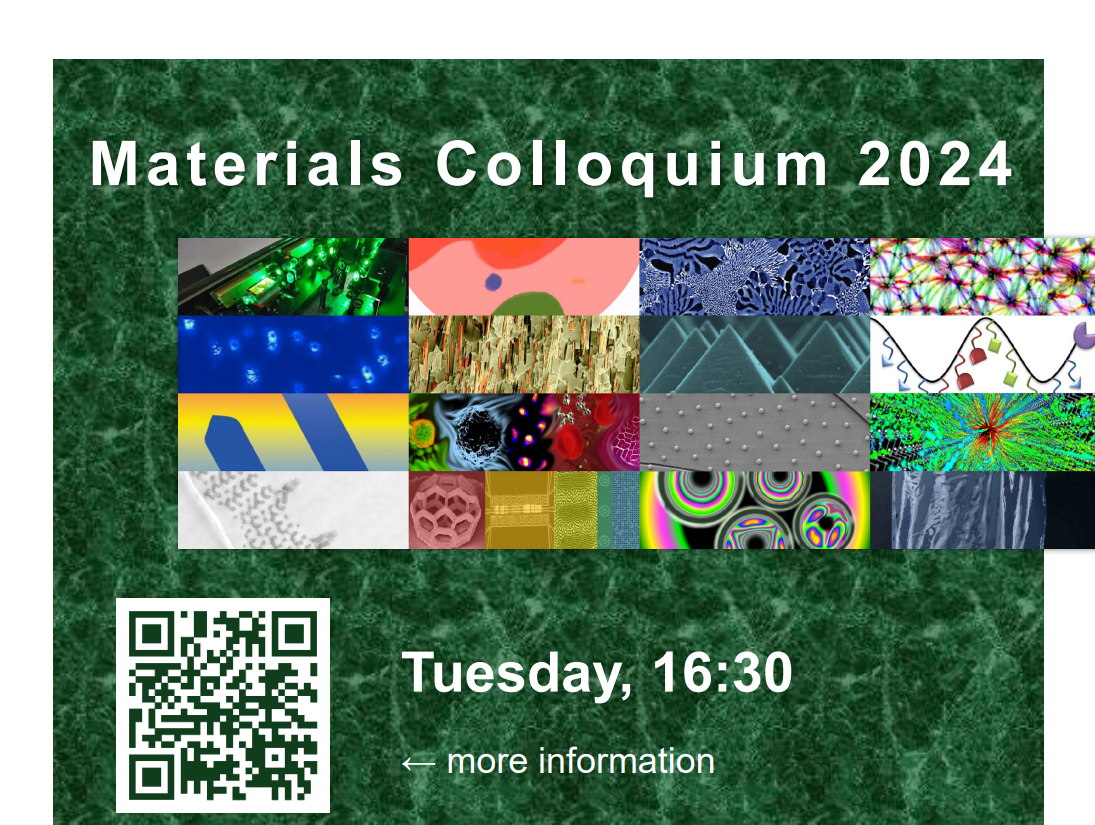The 7th edition of the Materials Colloquium 2024 will take place next Tuesday November 5th, at 4.30 PM in HCI G3.
Robert Style (Laboratory for Soft Materials and Interfaces)
How freezing breaks soft materials
It is a common belief that damage caused by freezing is due to water’s expansion as it freezes. However, in most soft materials, this expansion actually plays a rather insignificant role. Instead, freezing damage is typically caused by the (far less well-known) process of ‘cryosuction’, where ice crystals grow by sucking nearby water towards them. This suction can lead to huge amounts of ice expansion inside soft, wet materials. We study freezing damage with an experimental system that allows us to directly image individual ice crystals growing inside soft, wet materials. The results reveal a range of insights — for example, we find that the freezing damage is surprisingly similar to the damage that arises during the drying of wet materials. Furthermore, unexpected factors, such as the polycrystallinity of ice, can play an important role in the freezing process.
Marianne Liebi (Laboratory for X-ray Characterization of Materials, EPFL)
Imaging with X-ray scattering contrast for the characterization of hierarchical material structure
Microscopy in scanning mode allows to image different contrasts from the sample, by probing not only absorption and phase contrast of the sample but for example a full X-ray fluorescence spectrum or a 2D scattering pattern. Small- and wide-angle X-ray scattering (SAXS/WAXS) imaging is in particular valuable for heterogeneous samples, in which structural elements in the nano- or Ångström-scale change over macroscopic length scales, thus several millimeters or centimeters. The scattering patterns provide statistical information in each scan point, making this method complementary to high-resolution imaging techniques. The information extracted from each scattering pattern can be used to create images with different contrast, such as density of nano-scale features or orientation of nanostructures. These methods can also be combined with computed tomography to study the inside of three-dimensional samples in tensor or texture tomography. A range of applications will be shown from biological tissues to various soft-matter systems.
